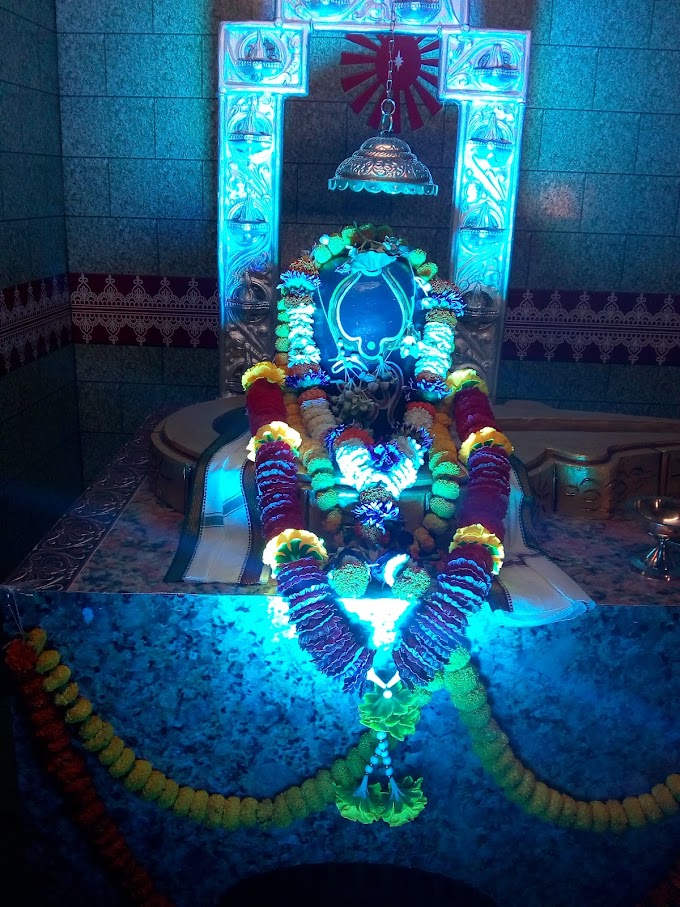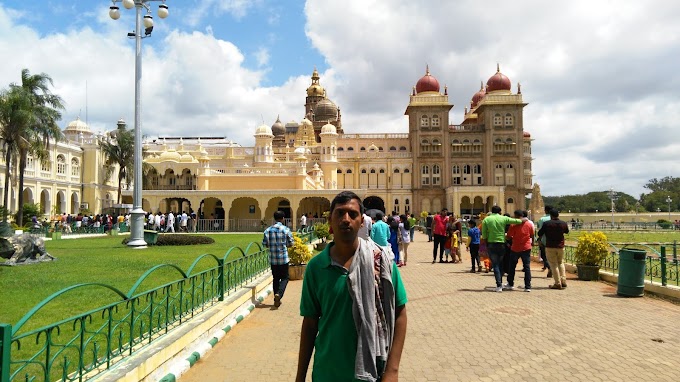CULTURE OF WESTERN ODISHA
Western Odisha is painted a picture of tribal culture which is
included the rituals, belief, practices, ideologies, social organization,
dance, music & song, dress, ornaments, festivals, food and drink,
languages, heritage etc.
Western orissa is consisted with the districts of Bargarh,
Bolangir, Jharsuguda, Nuapada, Sambalpur, Subarnapur, Kalahandi, Baudh,
Sonepur, Koraput, Kandhamal, Nabarangpur, Rayagada and Sundargarh and is
covering of forest and hill in maximum.
Among other district, Bargarh in fact is a place of awaking of
many an event social, economic, political and cultural etc. Pandit Jawaharlal
Neheru, Dr. Ram manohar Lohia, Acharya Vinova Bhabe, Sunder Lal Bahuguna and
the like have paid their visit to this place. Life is never unicoloured. It is
rather a mosaic, and if there was ever a strange mosaic.
Among other district Sambalpur is large in space. Sambalpur
serves as the gateway to the western zone of Odisha . It is a very high profile
and rich culture. It’s culture and art is an unique proposition of dance,
music, handicraft, believes, social values, traditional practices etc.
Western Odisha is culturally influenced by several different
cults and religions. Its history dates back to the Mahabharat and Buddhist
period. Sambalpur was declared as municipality in 1857 which was during British
ruling period. Once upon a time French Merchant came to sambalpur during earlier 16th Century and in his
book, he was mentioned about the diamond mines.
FESTIVAL
The western Orissa peoples
gives importance to the Sambalpur district. The festivals celebrated in
Sambalpur are unique. Nuakhai, Pushpuni, Makar Sankranti, Bhai-juntia and
Pua-juntia are the famous festivals of Western Orissa culture.
Nuakhai
This is the most important social
festival of Western Orissa. Generally it takes place during the month of August
and September (as per the Oriya date). The first grains of the paddy crop,
cooked into various dishes are offered to the deities. Thereafter the eldest
member of the family distributes new rice to the junior members of the family.
All the household articles are cleaned. People greet each other. It is a
community festival celebrated by every Hindu family low and high. The western
Orissa peoples are generally farmer and depend their livelihood on agriculture.
Therefore this festival is the important festival.
Bhaijiuntia
This festival is very popular only in
the region of Western Odisha. Bhaijiuntia festival is celebrated on the day of
Mahastami of Durga Puja or Dasahara Festival. It is a total fasting undertaken
by female persons for the whole day and night to seek Goddess Durga’s blessing
for the long life of their brothers( in Oriya language, it is called bhai). Therefore
this festival is named as Bhaijiuntia Festival.
Puajiuntia
The Puajiuntia festival is observed
by mothers to invoke the grace of Lord Dutibahana for the long life and
prosperity of their sons..
Dhanuatra
Dhanu Yatra comprises two meaningful
words: – Dhanu and Yatra. Dhanu meaning Bow (traditional weapon of our country
of first rate importance and efficacy had been commonly used by warriors).
Yatra is usually known as a festival with gathering of the masses for some
purpose like entertainment, religion, learning, observing some event etc. It is
a destination from the commoner to the heighest elite do get together.
The Dhanuatra the eleven day long
annual show thus recognizes Bargarh in the Cultural Map of India. It is at par
with the standard of Odishan Heritage and culture. The DHANUYATRA was started
after harvesting season of the year 1947-48 (after independence of India) as a
reflection of joyous atmosphere in the society for the end of British misrule
.Since then it is performed every year at the end of the harvesting of paddy, the
major crop of the locality. It starts from the 5th day of “Pousasukla” to end
on “Pousapurnima”.
Bargarh is famous due to this
festival and the whole India wait to enjoy the show of Dhanuatra. Every year in
same place, same story but everyone have the interest to watch the same show.
Besides the above listed festivals, other religious festivals
are also observed in the District. These include Shiva Ratri, Dola Jatra, Durga
Puja, Janmastami, Dipavali, Ganesh Puja and Saraswati Puja
The most popular festivals celebrated by Muslims are
Id-Ul-Fitre, Id-Ul-Juha and Muharram. The Sikhs also celebrate the Birth Day of
Guru Nanak.
ENTERNAINMENT AND LANGUAGE
Western Orissa,
they use the language like as Sambalpuri and this language songs are quite
popular throughout Odisha.
The People are
accepted that the sambalpur district has the separate cultural identity. Folk
songs and dances of this area is famous and every occasion they do this. The
other cultural programs are including
Danda (Danda Yatra and Danda Nata), which is considered to be one of the oldest
forms of variety entertainment in Indi.
Dhol, Dandua Dhol, Mandal, Nishan, Tasha, Muhuri, Dhap, Murdung
Ghumra, Kendera, Ghupkudu, Khanjni, Baensi, Jhanj, Mitu Kathia and Ramtali are
the unique folk musical instruments of Sambalpuri culture.
The dance and music also have been used my other part of Orissa
and even in Ollywood (Odia Film Industry) and some time in Bollywood Film
Industry. The Sambalpuri album commonly use in occasion.
SAMBALPURI SAREES
Sambalpuri songs and Sambalpuri sarees
have held an international identity. The two main bandha
weaving clusters are sampbalpur in the west including Bargarh, Barpali, and
Sonepur; and Nuapatna in the east. Sambalpur specialises in cotton sarees used
for ceremonial occasions with motifs symbolizing prosperity and fertility. The sarees
have the special status with mysore sarees.
TEMPLE
AND ARCHITECTURE
The architecture of Sambalpur attracts people all over the world
because of its unique designing. The temple architecture of the region
highlights a lively picture of the cultural heritage of the region. The
important historical relics in Sambalpur are the temples built during the period
of Chauhan rulers.
The Pataneswari temple of Sambalpur was built by Balaram Dev,
the first Chauhan ruler of Sambalpur during 16th century. It consists of a
sanctum with an enclosed circular count. Goddess Kali is worshipped in the
temple of Pataneswari. Maa Samalai is a unique sculpture and appears to be a
primitive deity worshipped by the local people of the region. The Bimaleswar
Shiv temple of Huma, popularly the leaning temple built during the period of
Maharaja Baliar Singh. The rest of the temples were constructed during the
reign of Ajit Singh and his son Abhaya Singh.
FOOD
Western
Odisha delicacies are cooking delights filled with dishes that win palates and
hearts with their authentic taste and flavour. The
Kardi, Hendua chutchuta, Patalghanta
dhuldula, Lethaa, Jhuri Purga, Chaul
bara, Rasbaraa, Sarsatiaa, Tikhri, Gaham bara, Ruguda chati, Elojhelo
Kadalifeni, Tol bhaja













